Did you know that strong forearms aren’t just for gripping barbells or climbing ropes—they’re essential for everything from opening jars to improving your posture? That’s right! Many people underestimate the role of forearm strength in daily life.
Whether you’re an athlete or just looking to boost hand and wrist function, you don’t need a fancy gym. Let’s dive into 12 bodyweight forearm moves you can do anywhere, building strength, endurance, and mobility—no equipment required.
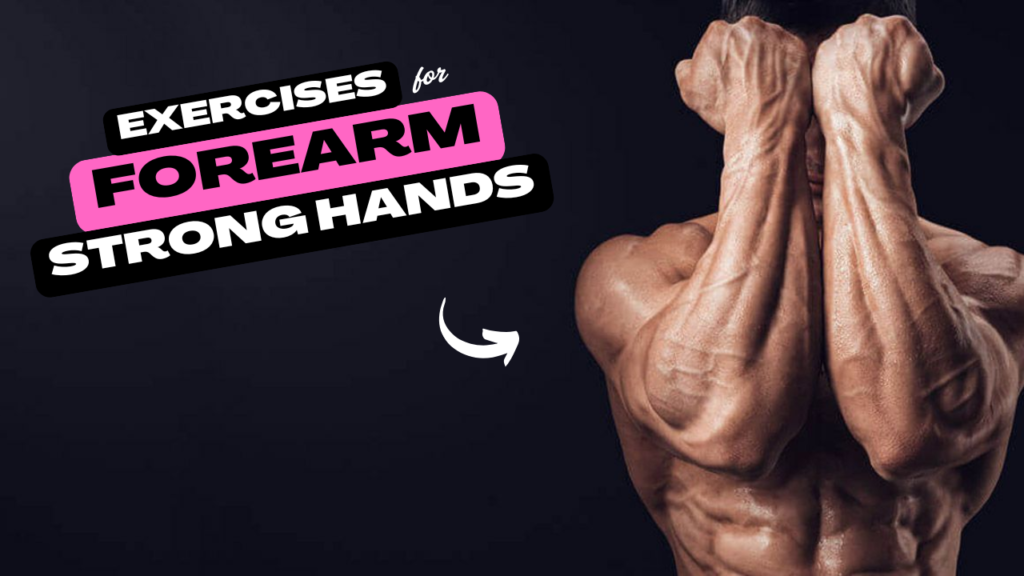
Table of Contents
What Can Happen After 30 Days of Forearm Bodyweight Exercises
| Benefit | Explanation |
|---|---|
| Stronger Grip Strength | Improved hand function and control for daily tasks and sports. |
| Enhanced Wrist Stability | Reduced risk of wrist strains and injuries. |
| Improved Finger Dexterity | Better precision and control for activities like typing, playing instruments, or gripping objects. |
| Visible Forearm Definition | Toned muscles with increased vascularity. |
| Increased Endurance | Ability to perform more reps with less fatigue. |
| Better Joint Mobility | Greater flexibility in wrists and fingers. |
| Boosted Confidence | Stronger hands can improve performance in sports and daily life. |
| Injury Prevention | Lower risk of strains and sprains due to balanced strength and mobility. |
| Mental Focus and Discipline | Regular practice builds concentration and mental resilience. |
Do & Don’t: Bodyweight Forearm Training
| Do | Don’t |
|---|---|
| Warm up your wrists and hands before exercises. | Skip warm-up—this increases injury risk. |
| Start with easier moves (e.g., finger splays) to build strength. | Jump into advanced moves (e.g., fingertip push-ups) without preparation. |
| Keep movements slow and controlled. | Rush through reps, sacrificing form. |
| Listen to your body and stop if you feel pain. | Push through sharp pain or discomfort. |
| Practice consistency—2–4 sessions per week. | Overtrain your forearms daily—this can lead to strain. |
| Use a soft surface for knuckle or fingertip exercises. | Train on hard, uneven floors that stress the joints. |
| Incorporate stretching and mobility work. | Neglect wrist flexibility and stretching. |
| Stay patient and track progress over weeks. | Expect overnight results. |
1. Fingertip Push-Ups
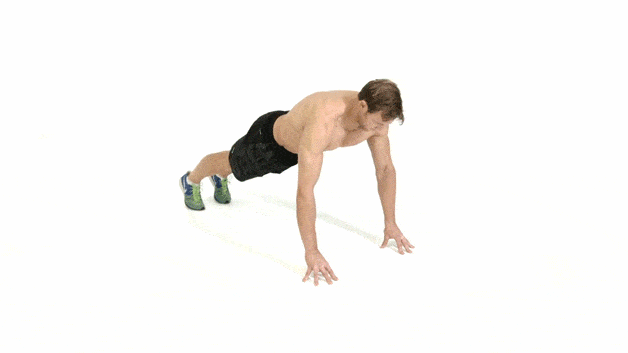
How to:
- Start in a push-up position, but balance on your fingertips instead of palms.
- Lower your body slowly while keeping your fingers active.
- Push back up while engaging your forearm muscles.
Interesting fact: Fingertip push-ups aren’t just about strength—they’re also used in martial arts to improve grip and wrist stability.
2. Wrist Push-Ups
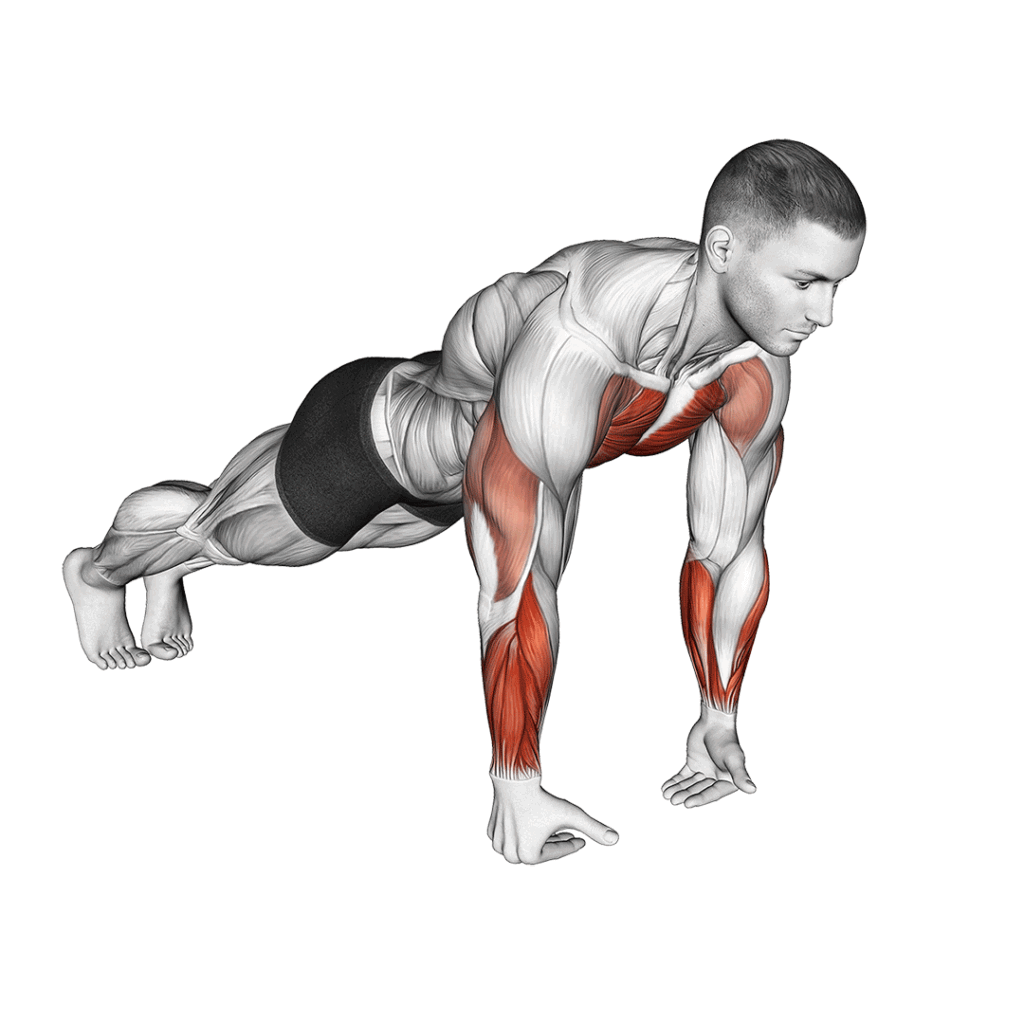
How to:
- Get into a standard push-up position but flip your hands so the backs face down, palms up.
- Slowly lower your body and press up through your wrists.
- Keep the motion controlled to avoid strain.
Myth-buster: Many believe wrist push-ups are harmful. Truth is, when done with proper form, they actually strengthen tendons and prevent injury.
3. Wall Wrist Extensions

How to:
- Stand facing a wall with palms against it, fingers pointing down.
- Lean in, gently stretching your wrists and forearms.
- Press back to the starting position.
Why it works: This stretch improves wrist flexibility while activating your forearm extensors—great for counteracting desk work!
4. Finger Splays
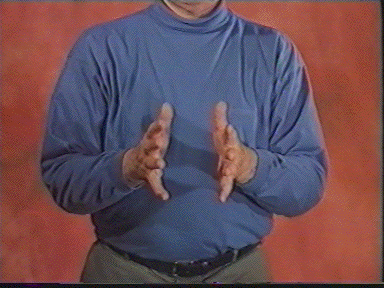
How to:
- Hold your hands out in front of you.
- Spread your fingers as wide as possible, feeling the stretch.
- Hold for a few seconds, then relax.
Did you know? Finger strength is a major component of forearm endurance. Even climbers practice finger splays to boost grip capacity.
5. Wrist Circles
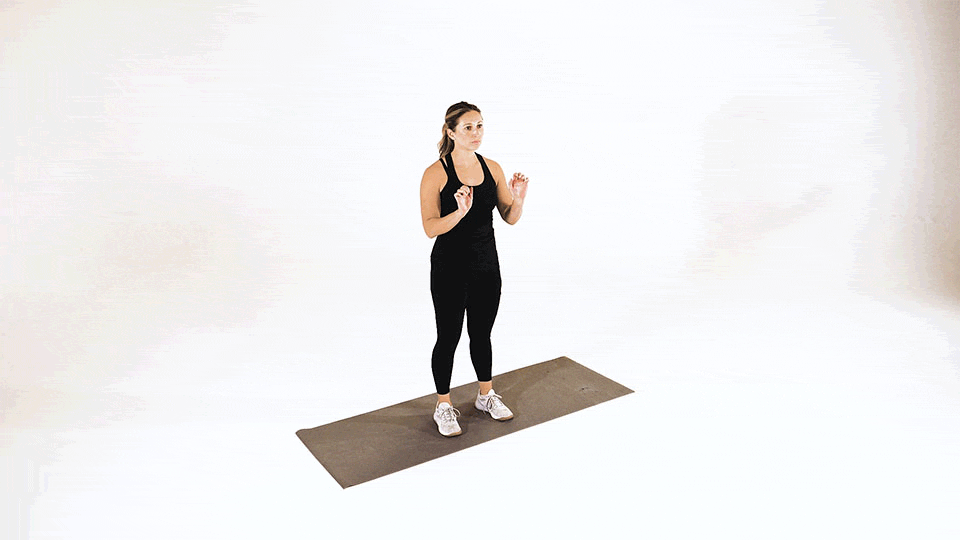
How to:
- Hold your hands in front of you, elbows bent.
- Rotate your wrists clockwise for 10 reps, then counterclockwise.
- Keep the movements slow and controlled.
Pro tip: This move increases wrist mobility, reducing the risk of strains during other exercises.
6. Isometric Finger Holds
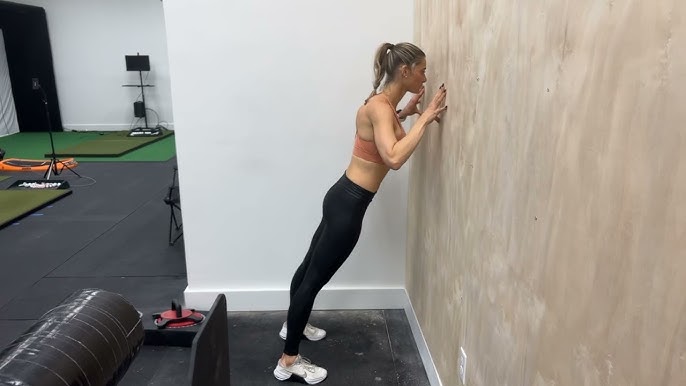
How to:
- Place your palms flat on a wall or floor.
- Press down firmly with just your fingertips, creating tension.
- Hold for 10–20 seconds, rest, and repeat.
Why it matters: Isometric holds are underrated—they develop static strength, which is essential for tasks like carrying bags or gripping tools.
7. Towel Wring-Outs

How to:
- Grab a towel with both hands, twisting it tightly in opposite directions.
- Hold the contraction for a few seconds, then release.
- Repeat in the opposite twist.
Did you know? This mimics the natural twisting motion of the forearms, building both strength and flexibility.
8. Knuckle Push-Ups

How to:
- Start in a push-up position but balance on your knuckles.
- Lower your body with controlled movement, then press back up.
- Keep wrists straight to avoid strain.
Fact: Knuckle push-ups reduce wrist compression while engaging forearm muscles more deeply than standard push-ups.
9. Wall Handstand Holds
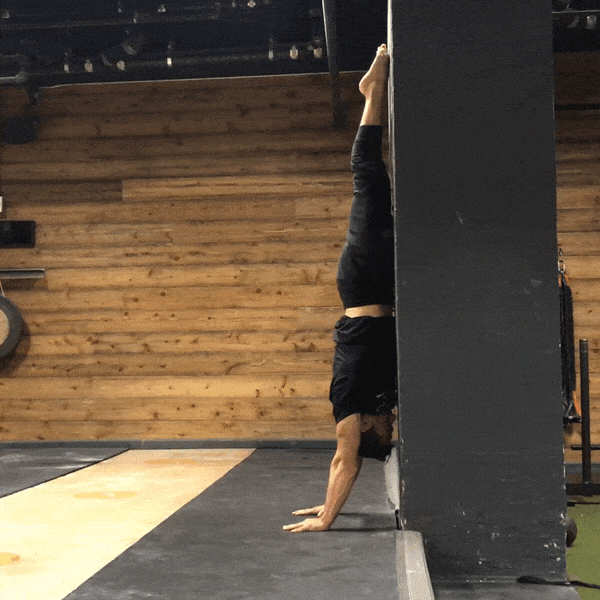
How to:
- Kick up into a handstand against a wall, balancing with your hands.
- Hold for as long as possible, focusing on forearm engagement.
- Lower safely and repeat.
Why it’s effective: The wall handstand challenges not just balance, but also isometric strength of the forearms, shoulders, and wrists.
10. Reverse Plank Finger Extensions
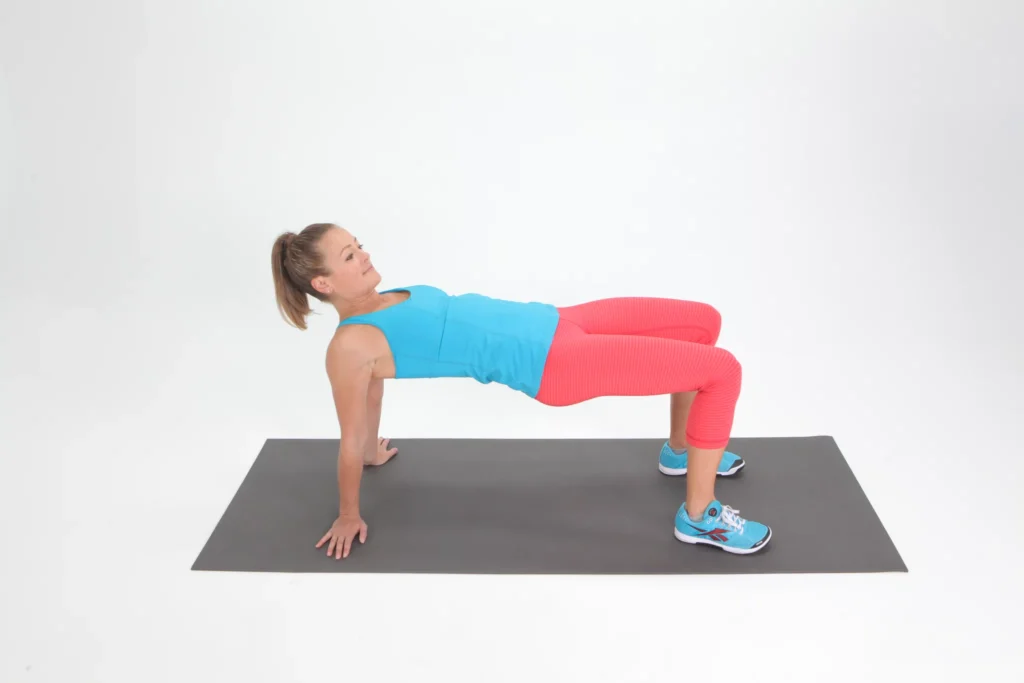
How to:
- Sit on the floor with your legs extended and your hands behind you, fingers pointing backward.
- Lift your hips into a reverse plank, extending through your wrists and fingers.
- Hold for 10–15 seconds, then relax.
Secret tip: This move opens up tight forearms from long hours of typing or gaming.
11. Pronation-Supination Isometrics
How to:
- Sit with your elbow bent at 90 degrees, hand in a fist.
- Rotate your forearm inward (pronation) and hold against resistance (use your other hand).
- Switch to outward rotation (supination) and hold.
Why it works: This simulates the rotational strength needed for actions like using a screwdriver or swinging a bat.
12. Finger Tip Plank Hold
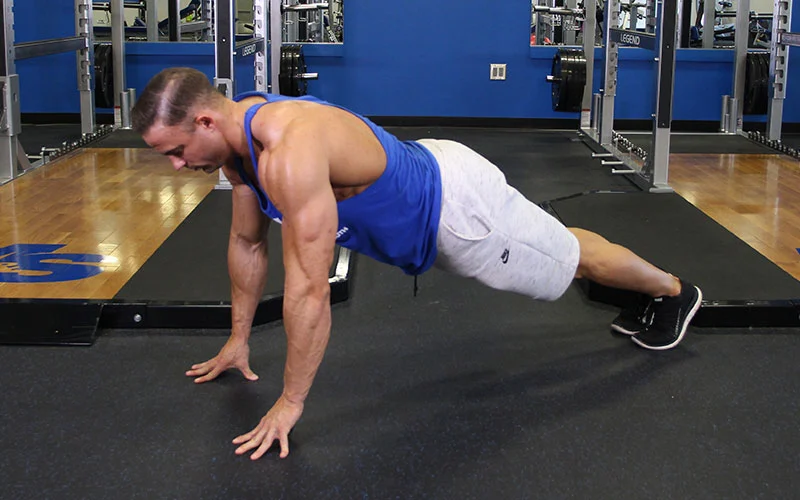
How to:
- Get into a plank position but on your fingertips.
- Hold the plank while keeping your core tight and forearms engaged.
- Start with 10–15 seconds and increase as you get stronger.
Interesting fact: Finger tip planks are a true test of both forearm strength and mental focus—a favorite among advanced calisthenics enthusiasts.
Final Thoughts
Who said you need fancy gym equipment to build rock-solid forearms? These 12 bodyweight exercises can be done anywhere—from your living room to your office—helping you improve grip strength, wrist stability, and overall hand health. Whether you’re looking to boost performance in sports or daily activities, or just want stronger hands, consistency is key.
So, next time you’re scrolling through your phone or taking a break from work, try squeezing in a few of these moves—you’ll be surprised how much stronger your forearms can become!
Frequently Asked Questions (FAQs)
Can I really build strong forearms without weights?
Absolutely! Bodyweight exercises, especially those targeting grip, wrist, and finger strength, are highly effective. Many martial artists, climbers, and calisthenics enthusiasts rely on these moves to build powerful forearms.
How often should I train forearms with these exercises?
Aim for 2–4 times per week, depending on your overall training schedule. Start with moderate reps and gradually increase frequency as your strength improves.
Are these exercises safe for beginners?
Yes, but beginners should focus on mastering proper form first. Start with easier variations (like finger splays and wall wrist extensions) and progress to more challenging ones (like fingertip push-ups) as strength and stability develop.
Can these exercises help with wrist pain or carpal tunnel syndrome?
Many of these moves enhance wrist mobility and forearm strength, which can help prevent wrist pain. However, if you have an existing condition like carpal tunnel syndrome, it’s essential to consult a healthcare professional before trying these exercises.
How long will it take to see results in forearm strength?
With consistent practice (3–4 times per week), you may start noticing improvements in grip strength and wrist stability within 3–4 weeks. Visible muscle development often follows after 6–8 weeks.
Do I need to warm up before doing these forearm exercises?
Yes! Always perform a dynamic warm-up for your wrists, hands, and arms—like wrist circles, gentle stretches, and shaking out the hands—before starting to reduce the risk of strain.
Are these exercises only for athletes?
Not at all. These exercises benefit everyone, from office workers and gamers to parents carrying kids or people who just want stronger hands for daily tasks.
Can I combine these exercises with my regular workout?
Definitely. These moves complement strength training, cardio, and flexibility routines. You can use them as a standalone workout or add a few exercises as a finisher to your existing program.










